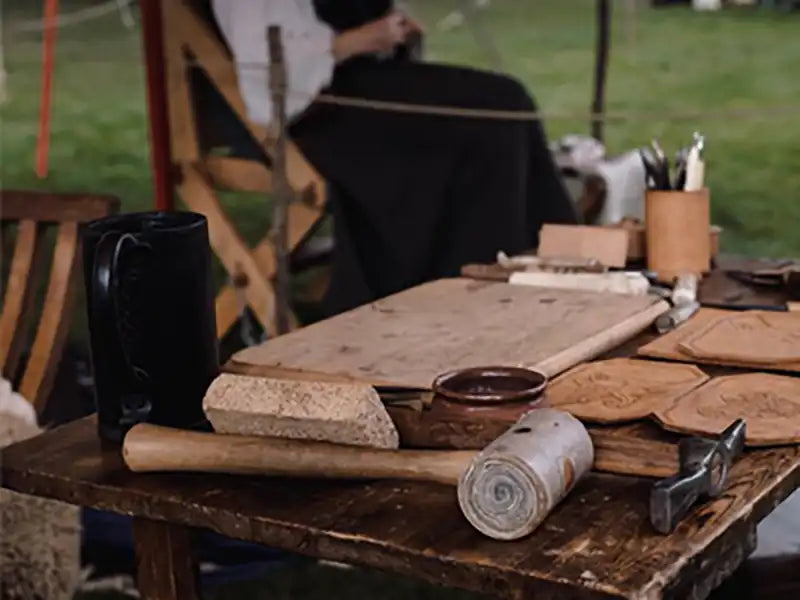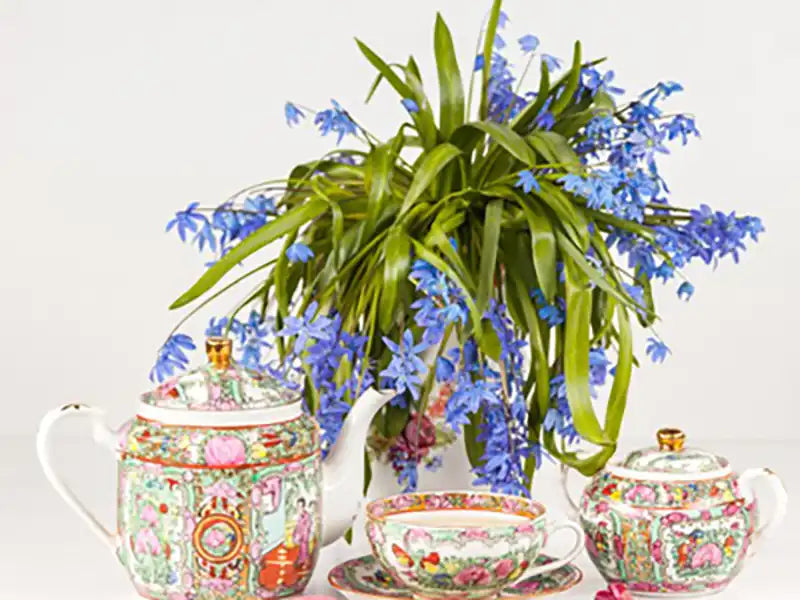Perhaps few people have paid attention to the purifying properties of houseplants. Most of the time we use plants for beauty and home decoration. The presence of flower pots and plants in the house creates vitality and vitality in its inhabitants.
Indoor plants for air purification
But the presence of these plants, in addition to beautifying the environment, has other benefits. Air purification of the house from various air pollutants and pollution elimination are among those benefits.
The fact that we close the door and windows to prevent air pollution from entering the house and the idea that the air inside the house is clean is not only a misconception, but the pollution of the air in the house is up to 5 times more than the pollution of the outside air! These infections can cause a variety of respiratory illnesses, including asthma, and may even cause distraction and sleep disturbances.
Various solutions have been suggested to solve this problem, but the best solution to eliminate all pollutants is to use an air purifier at home. With their powerful filters, these devices eliminate air pollution and keep the air in the house completely clean. HEPA's unique HEPA filters and HiSiv's unique activated carbon filters can purify up to 99.97% of airborne contaminants.
But in addition to air purifiers, houseplants can also be used to combat air pollution. NASA recently conducted research on flowers and plants that purify the air in your home, office, and indoor space, and listed a number of these plants in an article.
Dracina Dermansis, Gerbera, Palm Rapis, Aglonma (evergreen), Spider flower (wheat), Ferns Abliterata, Spathiphyllum, Drasena, Liriop, Anthurium, Potus, Ficus Benjamin (Benjamin Angiri), Anturium Serkhars, Andranos, Sanskrit Sword, Phoenix Palm, Swamp Palm.
In the following, some plants that are useful for air purification are introduced and the storage conditions of plants are also provided.
1. Papal
Hedera helix is a flowering and dicotyledonous plant with the scientific name of Hedera helix. This plant is twisting and ascending, and if you place it next to a pillar, wall, scaffold, tree, and rock, it will rise. If the vertical objects are not next to the papilla, they grow horizontally on the ground.
According to research, this plant is able to clear the air of a small room in half a day and eliminate some contaminants.
2. Sword leaf fern (Boston fern)
Also known as the Boston Fern, it is an apartment plant that grows well in low light but needs indirect sunlight. The swordfish fern is able to kill the formaldehyde in the air. It is also a moisturizer and eliminates dry air that is harmful to the skin.
3. Aloevera
Aloe vera is one of the plants that releases a lot of oxygen at night and is considered by the US National Aeronautics and Space Administration (NASA) to be one of the best air purifiers. This plant eliminates benzene and formaldehyde in the air and provides a comfortable sleep for the inhabitants of the house.
This plant is easy to propagate and a pot of aloe vera can be easily propagated at home. Aloe vera also needs sunlight.
4. Spider plant
Spider plants grow well and can purify air pollutants such as formaldehyde, benzene and carbon monoxide.
This plant eliminates the smoke and smell caused by cooking, so it is the best place to keep it in the kitchen. Spider mites can also be used to help people with allergies.
5. Chrysanthemum
Chrysanthemums have bright purple and pink colors and cause vitality and freshness in people. It is also a great air purifier and removes toxins such as formaldehyde, benzene, ammonia, xylene and toluene. Chrysanthemums release a lot of oxygen at night and provide a comfortable sleep for the members of the house.
This plant needs sunlight and is prone to fungus. Therefore, care must be taken in its maintenance and irrigation rate.
6. Eucalyptus
Eucalyptus is a plant native to Australia and can be used medicinally. This plant is used to disinfect the airways, incense and perfume the environment. Therefore, the products of this plant are useful for treating colds. This plant can be placed in the bedroom.
Eucalyptus needs sunlight to grow. It should also be noted that this plant is poisonous and its oral consumption causes poisoning.
7. Butterfly palm
Butterfly palm consists of thin, numerous and dense stems. This plant can be very useful for air pollution. It is also called Bamboo Palm. Butterfly palm creates humidity in the air and is very suitable for dry apartment environments. This plant is able to eliminate toxins and carcinogens in the air such as trichlorethylene, benzene, chloroform, carbon monoxide and xylene.
Bamboo palms need to be exposed to indirect sunlight to grow.






